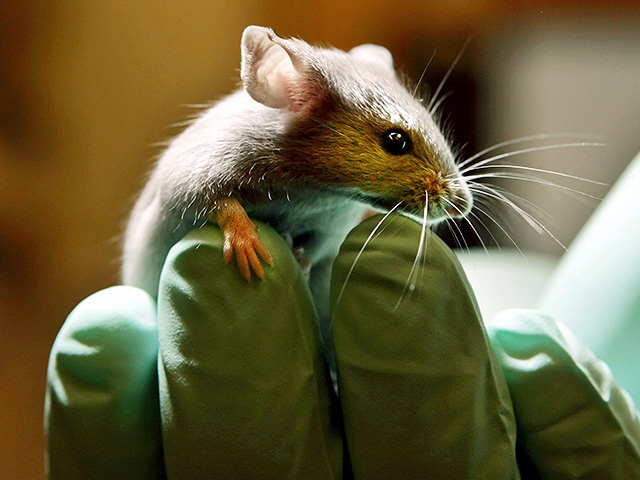The new method, based on drug treatment, allowed mice to get rid of inguinal hernias and restore anatomy.
With the help of a new medical approach, researchers from the Faynberg medical school successfully got rid of inguinal hernias in males and restored their anatomy without the need for surgery. Especially important discovery was that in the study of the tissue of the human hernia, scientists discovered the same molecular markers as in the mouse model.
The study included two experiments: one using modified models of males of mice, and the other with an analysis of human tissues. In an experiment with mice, scientists used the anti -estrogenic drug Fulvestrant, which is already approved for the treatment of some forms of breast cancer. The drug was administered into a humanized model of mice, created to simulate high estrogen levels characteristic of elderly men. ESR1 blocking in connective tissue cells prevented muscle damage and hernia formation. The use of Fulvestrant helped reduce the size of hernias and restore normal anatomy of mice.
In terms of a study dedicated to man, scientists twice took biopsy from each participant – one of the hernia, and the other from the neighboring healthy muscle. They found the same biological markers as in the mouse model. An additional analysis showed that estrogen and ESR1 activate genes associated with excessive scarring of tissues, which coincided with the results obtained in the study of hernial tissue in patients.
